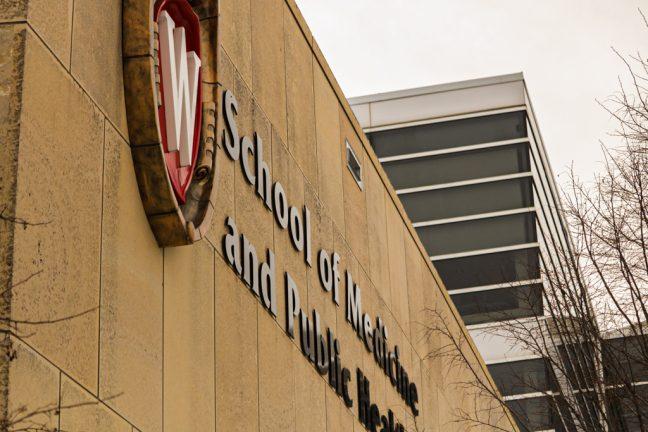University of Wisconsin System students drink more on average each week than other college students across the nation, according to a new survey.
This system-wide survey is the first to study overall alcohol use and confirms conclusions drawn from previous surveys conducted on individual campuses.
“It’s consistent across the system,” said George Smeaton, a UW-Stout psychology professor who analyzed the data from the survey. “Students on all campuses are consuming more alcohol than the national average, and many are drinking at dangerous levels.”
Smeaton referred to the levels of alcohol students consume per night in which they become too intoxicated to drive legally.
Binge-drinking by males is defined as consuming five or more drinks in one sitting. For women, it is four or more drinks. Among UW system students the average number of drinks consumed by males was 8.4 and by females was 4.6.
Within the last two weeks, Smeaton found that 61 percent of males students in Wisconsin reported binge-drinking, which is about 11 drinks per week, compared to 51 percent nationwide, about nine drinks a week. For females, 38 percent of students reported binge-drinking, about 4.5 drinks a week, compared to 40 percent of female students nationwide, or about four drinks a week.
UW-Madison Health Services Director Kathleen Poi said they deal with two types of problems with student drinkers. One deals with people who drink so much that it impairs their judgment to the point that puts them in danger of long-term drinking problems.
The most common issues affect students who “drink to the point that puts them at risk,” Poi said.
“We see victims of personal and sexual assault where alcohol was a pattern,” she added.
Poi pointed out that the problem is not alcohol but the high-risk use of alcohol. She said many students drink responsibly, but sometimes the problem “gets muddy.”
“High-risk use of alcohol is a problem in society,” Poi said. “This campus is not any different than any other campus. This is a pervasive problem nationwide.”
Poi said the University Health Services tries to prevent the problem more than dealing with it, although there are counseling services available.
“We try to maintain some level of surveillance,” Poi said of their requirement that students must fill out a drinking profile for each visit to identify students who may have a problem.
Because the alcohol problems UHS deals with is embedded in other health issues, such as injuries, there is no data that effectively determines how big of a problem alcohol is on campus.
“It manifests itself in trips to detox, [in] sexual assault and [in] other unfortunate events,” Poi added.
Most campuses across the state have addressed alcohol problems in different ways.
UW-Madison was successful in persuading many city bars to stop offering drink specials on Friday and Saturday nights. Students who receive drinking citations at UW-Milwaukee must complete a personal profile of their drinking. And UW-Green Bay stepped up efforts to provide alternate, alcohol-free activities for its students, including bringing in bands and comedians.
UW-Madison senior Tim Sherman said he drinks because there is not much else to do in the city, especially without a car.
Sherman said he does not think that UW has more problems with drinking, but it might be a bigger problem, comparative to the size of the campus.
“Things can escalate with this many people,” Sherman said. “There are not [many] extracurricular activities to do on campus on the weekend. It revolves around drinking.”
Sherman added that he drinks quite a bit, but with his experience, he is able to control it more.
“I like to keep on drinking until I can’t drink anymore,” Sherman said. He added that he drinks about three or four nights a week.
The survey, a pilot study, was administered online during the spring semester and in class to 2,549 freshman and sophomores from the Wisconsin’s 13 universities and 13 colleges. The margin of error is plus or minus 2.5 percentage points.











